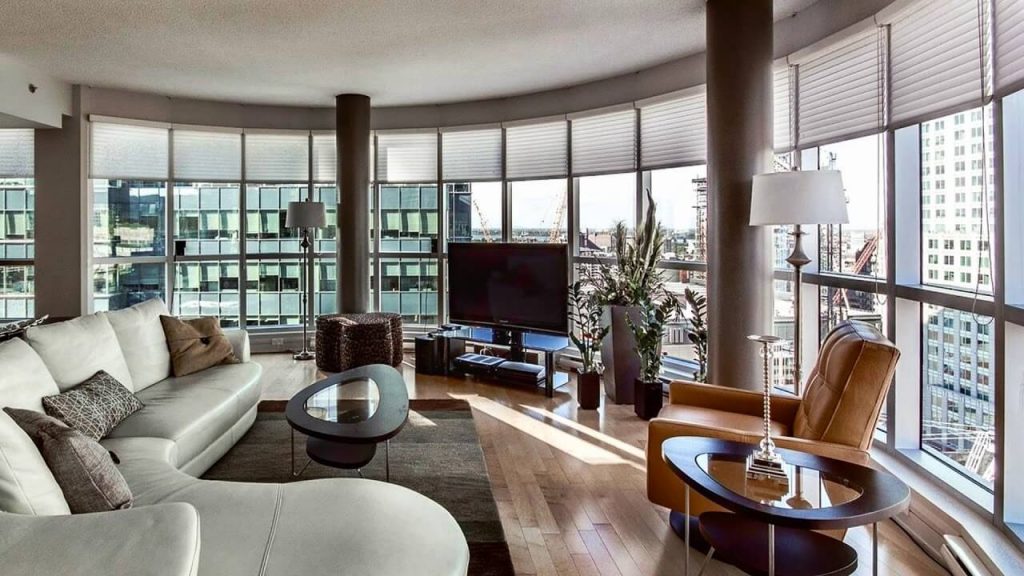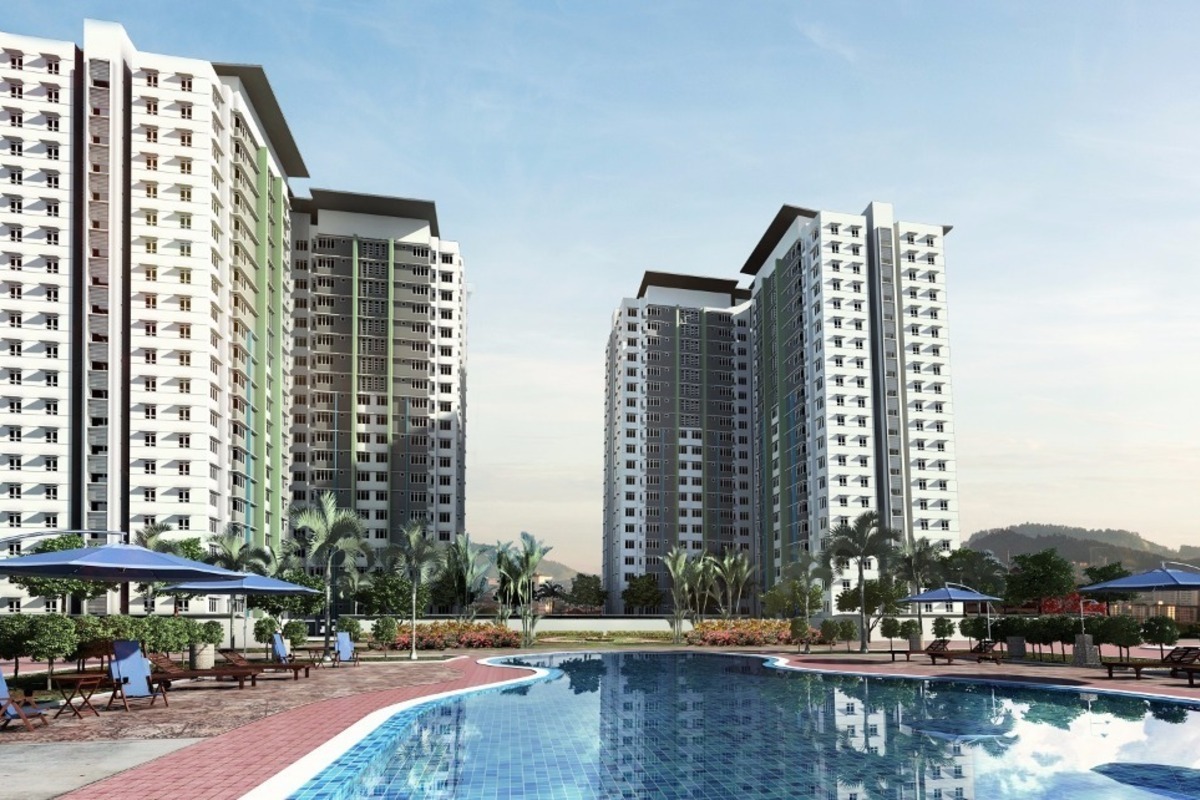Now that you understand the need of a condo inspection, allow me to provide you with a few further recommendations. When selecting an inspector, be sure you use a licenced and qualified specialist, because some persons provide their services without having had any formal training, which is certainly not in your best interests.
How much money do you have to put down as a down payment?
It is not possible to borrow money to acquire a split co-ownership; thus, you must put down an amount equal to at least 5 percent of the total buying price of the condo (it can be a donation from a loved one, however). If your condominium is worth at $500,000 or less, this is the very least you must pay, however there is nothing stopping you from paying more if you like. Sections are also available for purchase in the case of a Kerling apartment for sale.
Then request to view a sample of one of the inspector’s reports.
When it comes to protection in the case of a crisis, the more specific this document is, the better. A excellent report, as a result, should include several explanations and photographs to substantiate everything. In addition, be certain that the inspector is covered by liability insurance. You will not be liable in the case of a mistake or omission. For further information on how to choose an inspector, please check our page on the topic.
Apart from including the construction rules, the declaration of co-ownership also contains information on the forming act and the division of the property into portions. As a buyer, it might be useful to know the worth of other units in the building, as well as the relative importance of your own unit in the overall value of the building. The latter will, in fact, have an impact on the co-ownership costs as well as the payment to special assessments.

Last but not least, there will be a description of the condominium’s management organization. What kind of trustee is involved: a professional trustee or a volunteer trustee? You could be interested in becoming engaged in the administration of the building if it is managed by a volunteer trusteeship. Attending meetings, maintaining finances, and managing suppliers for condominium upkeep are things that you like doing, right?
Is there enough money in the contingency fund?
Specifically, this fund is a savings account into which a portion of the co-ownership fees is deposited in advance of costly maintenance work, such as roof repairs, or unanticipated occurrences. It is essential to analyze the condominium fees as well as the contingency fund in light of your individual requirements and financial circumstances.
The absence or insufficiency of a contingency reserve means that you should plan on having to advance extra funds if considerable work is necessary.
Will you be able to provide the funds when they are required?
Depending on your financial circumstances, it may be preferable to pay greater condominium fees on a regular basis rather than a smaller monthly payment, with the understanding that you may be required to cover the expenses of significant repairs in the foreseeable future.


Leave A Comment